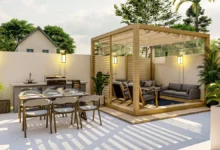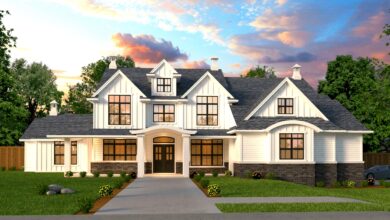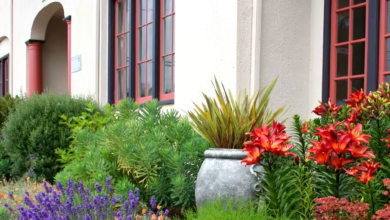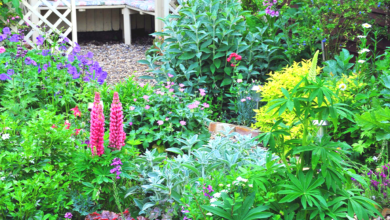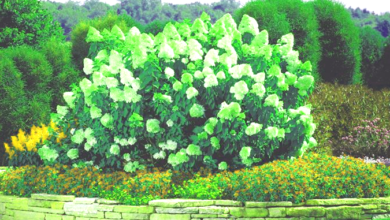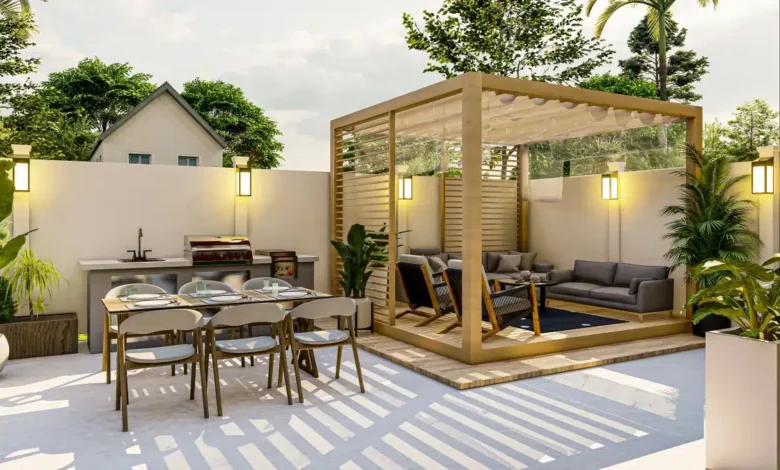
Creating the perfect backyard patio transforms your outdoor space into a functional extension of your home, providing endless opportunities for relaxation, entertainment, and family gatherings. Whether you’re working with a compact urban yard or sprawling suburban landscape, thoughtful patio design can maximize your outdoor living potential while adding significant value to your property.
The art of designing a backyard patio involves balancing aesthetics, functionality, and budget considerations. From selecting the right patio materials to incorporating trending design elements, every decision impacts both the immediate visual appeal and long-term usability of your outdoor space. Modern patio design ideas emphasize creating seamless indoor-outdoor transitions that reflect your personal style while addressing practical needs like drainage, privacy, and climate considerations.
The best backyard patios feel like an extension of your home, requiring careful attention to design principles that create cohesive, inviting environments. Successful outdoor patio design considers factors such as sun exposure, prevailing winds, existing landscape features, and intended use patterns. Whether you envision intimate morning coffee sessions, large dinner parties, or quiet evening retreats, your patio should accommodate these activities while maintaining visual harmony with your home’s architecture.
Contemporary patio design trends for 2025 emphasize sustainability, low-maintenance solutions, and multi-functional spaces. For a hassle-free patio, choose drought-resistant plants like succulents and ornamental grasses, while incorporating modern materials that withstand weather extremes without sacrificing style. Smart planning during the design phase prevents costly mistakes and ensures your backyard patio ideas translate into a space you’ll enjoy for decades.
From budget-friendly DIY projects to luxury professional installations, creating your dream outdoor living space requires understanding material options, layout principles, and construction considerations. This comprehensive guide explores every aspect of backyard patio design, providing actionable insights to help you create an outdoor sanctuary that perfectly complements your lifestyle and enhances your home’s value.
Planning Your Backyard Patio Design
Effective patio planning begins with thorough site analysis and clear goal setting. Start by evaluating your yard’s topography, drainage patterns, sun exposure, and existing features like trees, utilities, or architectural elements that will influence your patio layout. Document these conditions through photos and measurements, creating a base map that serves as your design foundation.
Consider your household’s lifestyle patterns and entertaining preferences when determining patio size and configuration. A family with young children requires different design elements than empty nesters seeking quiet relaxation spaces. Analyze traffic flow between indoor and outdoor areas, identifying natural connection points that create seamless transitions. Outdoor living spaces should complement rather than compete with existing landscape features.
Budget establishment during the planning phase prevents scope creep and enables informed material selections. A typical patio will cost between $7 and $35 per square foot, with variables including material choices, site preparation requirements, and design complexity. Research local building codes and permit requirements early, as some patio installations require professional approval and inspection.
Climate considerations significantly impact patio design decisions. Areas with harsh winters need materials that withstand freeze-thaw cycles, while hot climates benefit from shade structures and heat-reflective surfaces. Prevailing wind patterns affect furniture placement and privacy screening needs, while precipitation levels influence drainage design and material permeability requirements.
Professional consultation during planning saves money and prevents costly mistakes. Landscape architects and hardscape contractors bring expertise in site preparation, drainage solutions, and code compliance that DIY planners often overlook. They can also provide realistic project timelines and help prioritize features when budget constraints require phased construction approaches.
Choosing the Right Materials for Your Patio
Patio materials selection dramatically influences both initial costs and long-term maintenance requirements. Each material offers distinct advantages in appearance, durability, and price points, making careful comparison essential for optimal results. Understanding material characteristics helps align choices with your climate, usage patterns, and aesthetic preferences.
Concrete Patios
Concrete remains the most versatile and budget-friendly patio material, offering excellent value for large installations. Choosing a plain concrete patio will most definitely save you money when compared to pavers, with basic installations ranging from $4-8 per square foot. Stamped concrete mimics natural stone or brick patterns, while stained concrete provides rich color options that complement various architectural styles.
Modern concrete techniques create sophisticated surfaces that rival premium materials at fraction of the cost. Exposed aggregate finishes provide attractive textures and improved slip resistance, while integral color systems eliminate surface coatings that require periodic renewal. Properly installed concrete patios last decades with minimal maintenance, requiring only periodic sealing and crack repair.
Paver Patios
Paver patios offer unmatched design flexibility and repair convenience, making them increasingly popular for high-end installations. Concrete or brick paver installation costs $8 to $25 per square foot, with premium materials reaching higher price points. Individual unit construction allows creative patterns and color combinations that create unique focal points.
Styles such as a running bond, herringbone, basketweave, stretcher bond, and chevron allow for both creative and traditional aesthetics. Pavers accommodate ground movement better than solid surfaces, reducing crack formation in unstable soils. Damaged units can be individually replaced without affecting surrounding areas, providing long-term maintenance advantages.
Natural Stone Options
Natural stone creates timeless elegance that increases property value and provides unmatched durability. Flagstone patios are renowned for their rustic and organic appearance, making them an excellent choice for creating a distinctive outdoor space. Material costs vary significantly based on stone type, thickness, and regional availability, typically ranging from $15-30 per square foot installed.
Bluestone, limestone, and sandstone offer different color palettes and textures suitable for various architectural styles. Dense stones like granite provide superior weather resistance, while softer options like limestone may require more frequent maintenance. Consider stone origin and transportation costs when selecting materials, as local options often provide better value.
Essential Design Elements and Layout Principles
Successful patio design relies on fundamental principles that create functional, visually appealing outdoor spaces. Understanding scale, proportion, and spatial relationships helps avoid common design mistakes that compromise both aesthetics and usability. Professional designers employ these principles instinctively, but DIY planners benefit from conscious application during the design process.
Creating Functional Zones
Outdoor living spaces benefit from defined activity zones that organize functions while maintaining visual cohesion. Dining areas require different space allocations than conversation areas, with cooking zones needing additional clearances for safety and functionality. Create subtle boundaries using material changes, level variations, or landscape elements rather than hard barriers that fragment the space.
Traffic flow patterns influence zone placement and sizing. High-traffic areas connecting house to yard need wider pathways and durable surfaces, while quiet retreats can utilize more intimate scales. Consider seasonal usage patterns when locating zones, placing frequently used areas in convenient locations while seasonal features can occupy more remote locations.
Scale and Proportion Guidelines
Patio size should relate proportionally to both house scale and yard dimensions. Oversized patios overwhelm small yards, while undersized installations appear inadequate beside large homes. General guidelines suggest patio areas equal roughly 20-25% of total yard space, though individual circumstances may warrant different approaches.
Furniture scale affects perceived patio size and functionality. Oversized pieces consume precious space in compact installations, while undersized furniture appears lost in expansive areas. Plan furniture layouts during design phases to ensure adequate clearances and traffic flow. Standard dining tables require 3-4 feet of clearance on all sides for comfortable seating access.
Integrating Landscape Elements
Successful outdoor patio design integrates seamlessly with existing landscape features while creating opportunities for enhancement. Mature trees provide natural shade and vertical interest but may require root protection during construction. Work with rather than against natural site features, incorporating slopes, views, and microclimates into the overall design strategy.
Plant selection should complement patio materials and usage patterns. Incorporate hardscaping elements such as stone pathways or gravel beds to reduce upkeep, while strategic plantings provide privacy, wind protection, and seasonal interest. Container gardens offer flexibility for renters or frequently changing preferences.
Popular Patio Styles and Themes
Contemporary patio design trends reflect broader lifestyle shifts toward outdoor living and sustainable practices. Understanding current styles helps create spaces that feel fresh and relevant while avoiding dated approaches that may require expensive updates. Popular themes often blend multiple influences, creating personalized spaces that reflect individual tastes and regional characteristics.
Modern Minimalist Patios
Modern patio design emphasizes clean lines, neutral color palettes, and sophisticated material combinations. Large-format pavers or poured concrete create expansive surfaces punctuated by carefully selected furniture and architectural plants. Steel, glass, and concrete dominate material choices, while lighting and water features provide subtle focal points.
Minimalist approaches work particularly well in urban settings where space constraints demand efficient use of every square foot. Built-in seating and storage maximize functionality while maintaining visual simplicity. Color comes primarily from plantings and accessories, allowing seasonal changes without major design disruption.
Traditional and Classic Designs
Traditional backyard patio ideas draw inspiration from established design vocabularies that emphasize comfort, craftsmanship, and timeless appeal. Brick pavers, natural stone, and wrought iron create classic combinations that complement period architecture while providing enduring beauty. Symmetrical layouts and formal plant arrangements reinforce traditional themes.
Classic designs often incorporate multiple levels, decorative borders, and ornamental features that add visual interest and perceived value. These approaches work well for homeowners seeking elegant, low-risk design solutions that integrate seamlessly with established neighborhoods and architectural styles.
Tropical and Resort-Inspired Themes
Alternatively, choose a coastal feel by selecting patio design ideas with a nautical theme, incorporating weathered materials, marine colors, and tropical plantings. Resort-inspired patios emphasize relaxation and escape, using materials and colors that evoke vacation destinations. Natural materials like teak, stone, and bamboo create authentic tropical atmospheres.
Water features, lush plantings, and comfortable seating arrangements transport users from everyday stresses to vacation-like settings. These themes work well in warm climates but can be adapted for seasonal enjoyment in northern regions through removable elements and protected spaces.
Contemporary Industrial Styles
Industrial-inspired patio designs embrace raw materials, exposed structural elements, and utilitarian aesthetics. Concrete, steel, and weathered wood create sophisticated combinations that appeal to urban professionals and modern architecture enthusiasts. Large-scale furniture and bold accessories complement the substantial material palette.
For the modern bachelor, backyard design ideas include dynamic spaces like basketball courts, outdoor TVs, and luxurious water features. Industrial themes accommodate technology integration and multi-functional use patterns that support contemporary lifestyles while maintaining distinctive visual character.
Budget-Friendly Patio Design Solutions
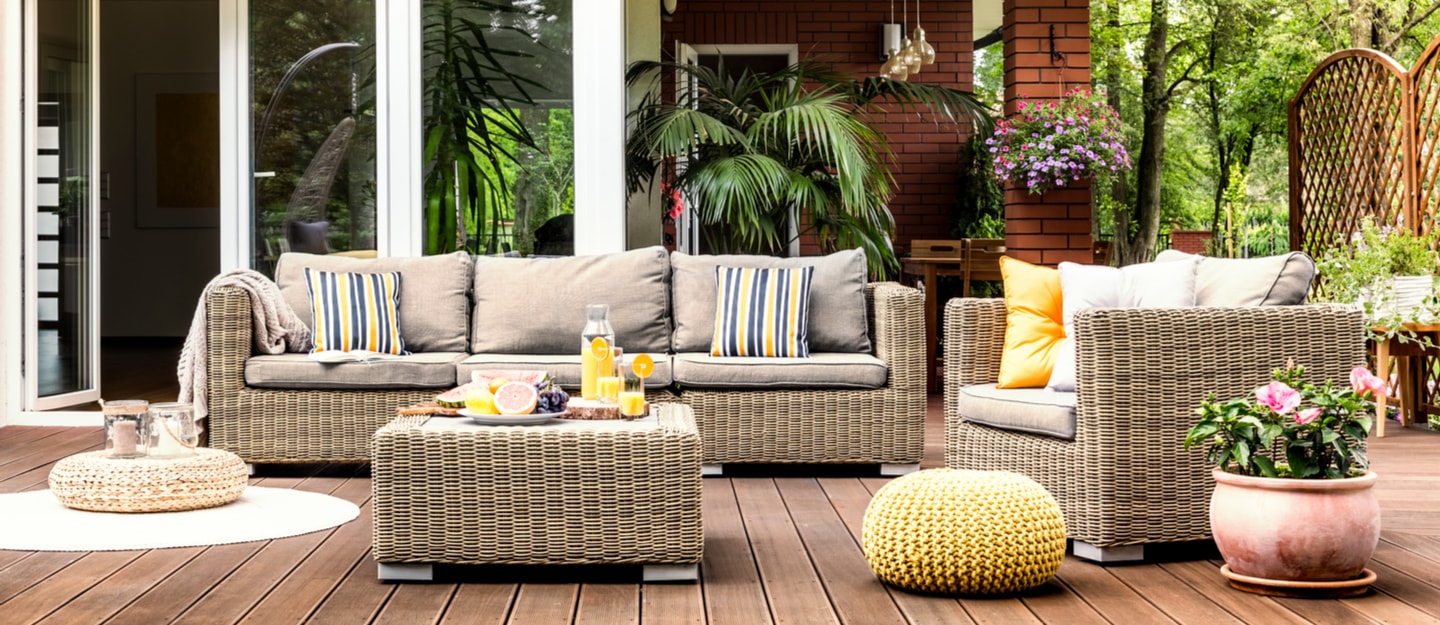
Creating beautiful outdoor living spaces doesn’t require unlimited budgets when careful planning prioritizes high-impact improvements over expensive materials. Strategic design decisions can dramatically reduce costs while maintaining visual appeal and functionality. Understanding where to invest and where to economize enables attractive results within realistic budget constraints.
DIY-Friendly Materials and Techniques
Gravel and decomposed granite provide attractive, low-cost paving solutions suitable for DIY installation. You can pay as low as $2.35 per square foot for a gravel patio, making these materials ideal for budget-conscious projects. Proper base preparation ensures long-term performance, while edging materials contain loose aggregates and create finished appearances.
Concrete pavers offer DIY-friendly installation processes with professional-looking results. Interlocking systems eliminate mortar requirements, while sand-set installations accommodate ground movement and simplify future repairs. Renting installation tools reduces costs compared to purchasing specialized equipment for one-time use.
Phased Construction Approaches
Large patio projects can be completed in phases to spread costs over multiple seasons while ensuring each phase provides immediate enjoyment. Start with essential elements like basic paving and furniture, adding features like lighting, water elements, and pergolas in subsequent phases as budget allows.
Design the complete project initially to ensure proper infrastructure installation during early phases. Electrical conduits, plumbing rough-ins, and structural foundations cost much less when installed during initial construction rather than retrofitted later. This approach requires patience but enables premium features that might otherwise exceed budget constraints.
Cost-Effective Material Alternatives
Concrete alternatives like stamped and stained surfaces provide high-end appearances at moderate costs. These techniques transform basic concrete into sophisticated finishes that mimic natural stone or decorative tile at significant savings. Professional installation ensures proper execution, while DIY approaches work for smaller areas or less complex patterns.
Reclaimed and salvaged materials offer unique character while reducing costs and environmental impact. Reclaimed brick, stone, and timber provide authenticity and history that new materials cannot match. Careful sourcing and preparation ensure structural integrity while creating distinctive design elements.
Professional vs. DIY Installation Considerations
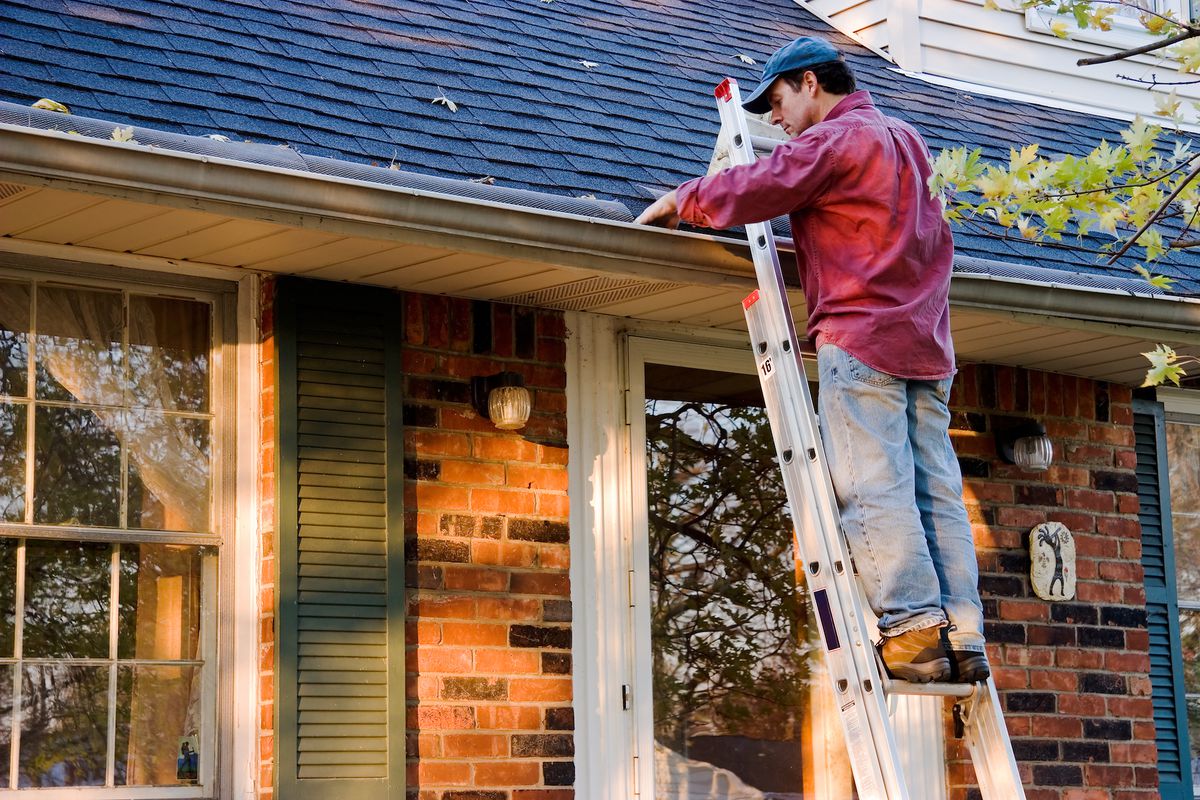
Deciding between professional installation and DIY approaches requires honest assessment of skills, available time, and project complexity. While DIY installation offers significant cost savings, mistakes can be expensive to correct and may compromise long-term performance. Understanding which aspects require professional expertise helps make informed decisions about project execution.
When to Hire Professionals
Complex patio installations involving significant excavation, drainage systems, or structural elements benefit from professional expertise. Labor: Expect to pay between $4 to $18 per square foot for professional installation, but this investment ensures proper base preparation, drainage design, and code compliance that DIY projects often overlook.
Sloped sites, poor drainage conditions, and utility conflicts require engineering knowledge that prevents costly problems. Professional contractors carry insurance, provide warranties, and understand local building codes that govern patio construction. They also have specialized tools and equipment that ensure efficient, high-quality results.
DIY Success Strategies
Successful DIY patio projects require thorough planning, realistic timeline expectations, and proper tool acquisition. Start with smaller areas to develop skills before attempting complex patterns or challenging site conditions. Invest in quality base preparation tools, as this phase critically affects long-term performance regardless of surface materials.
Research local building codes and permit requirements before beginning work. Some jurisdictions require professional plans or inspections even for DIY installations. Understand utility locations and call marking services before excavation to prevent dangerous and expensive accidents.
Cost Comparison Analysis
A 12×12 patio might range from $1,220 to $9,760, while a larger 20×20 patio could cost more, with DIY approaches potentially saving 30-50% on labor costs. However, factor in tool rental or purchase costs, material waste from inexperience, and potential correction expenses when comparing options.
Professional installation often includes material discounts, warranty coverage, and completion guarantees that provide value beyond labor savings. Consider your available time, physical capabilities, and stress tolerance when making installation decisions. Some homeowners prefer investing saved time in earning money rather than learning construction skills.
Maximizing Small Spaces
Small backyard patios present unique design challenges that require creative solutions to maximize functionality and visual appeal. Space constraints demand careful planning to ensure every square foot contributes to the overall experience while avoiding cluttered or cramped feelings. Strategic design approaches can make compact areas feel surprisingly spacious and inviting.
Space-Expanding Design Tricks
Diagonal paving patterns create illusions of expanded space by drawing eyes across rather than along space boundaries. Light-colored materials reflect more light and appear more spacious than dark surfaces, while consistent materials throughout the area create unified, expansive feelings. Avoid multiple material types that can fragment small spaces visually.
The vertical design draws the eye upward, making your small patio feel larger and more dynamic. Vertical elements like tall planters, trellises, and privacy screens create vertical interest while preserving precious floor space. Mirrors strategically placed on walls or fences can double apparent space sizes, though weather protection may be required.
Multi-Functional Furniture Solutions
Small outdoor living spaces benefit from furniture that serves multiple purposes without consuming excessive space. Ottoman storage units provide seating, foot rests, and concealed storage for cushions and entertaining supplies. Folding and stackable pieces enable reconfiguration for different activities while storing compactly when not needed.
Built-in seating maximizes space efficiency while providing permanent solutions that won’t migrate or deteriorate like portable alternatives. Incorporate storage compartments beneath seating for tools, games, or seasonal decorations. Wall-mounted tables fold down for dining then fold up to preserve circulation space.
Vertical Garden Integration
Use a mix of succulents, herbs, and flowering plants in geometric planters for a modern look while maximizing growing space in compact areas. Vertical gardens create living walls that provide privacy, improve air quality, and add natural beauty without consuming floor space. Modular systems enable seasonal plant changes and easy maintenance.
Trellises and arbors support climbing plants that create overhead canopies and vertical screens. These structures require minimal ground space while providing maximum visual impact and functional benefits. Integrate lighting within vertical elements to extend usability into evening hours while creating dramatic shadow patterns.
Incorporating Technology and Modern Amenities
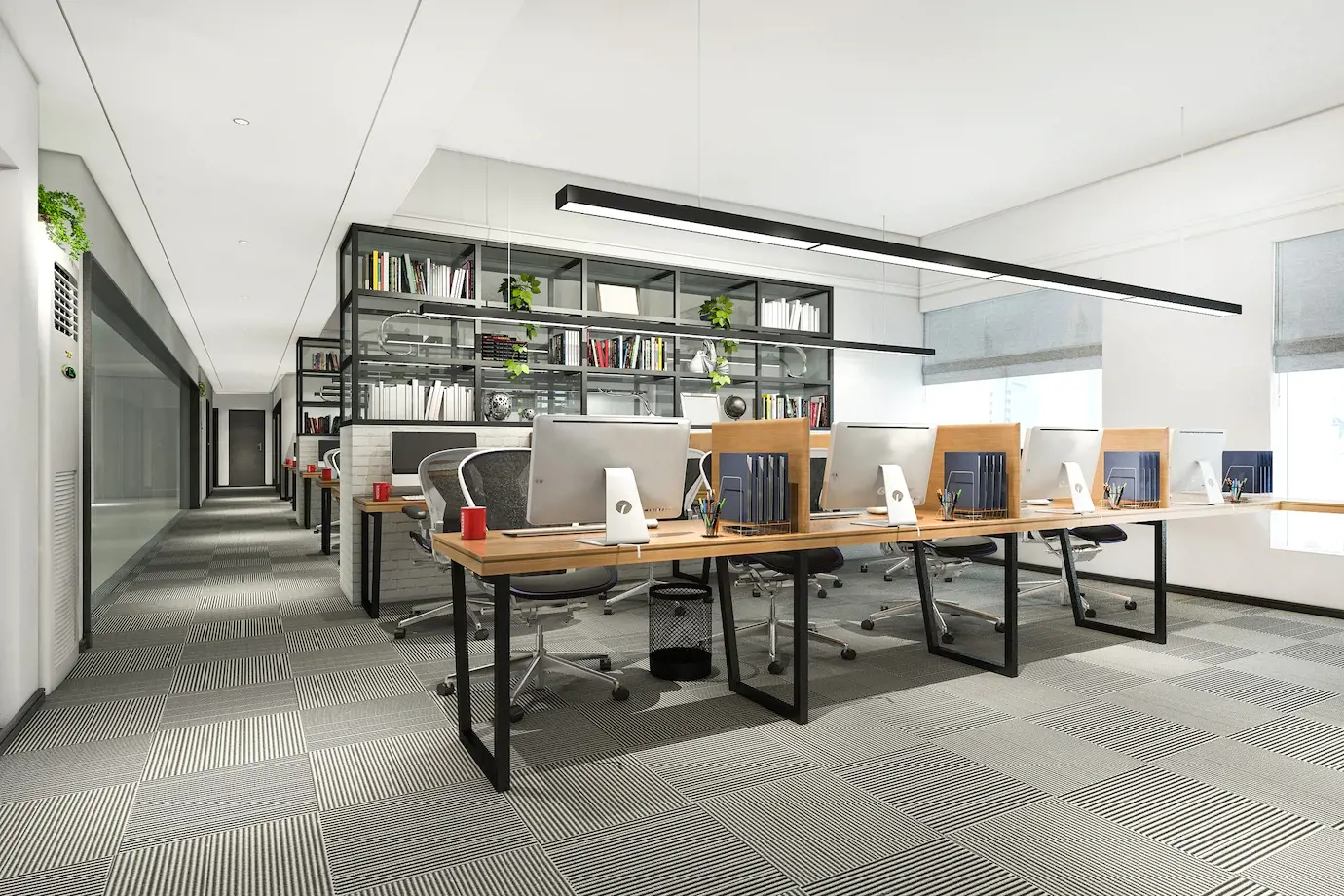
Modern patio design increasingly incorporates technology and amenities that enhance comfort, convenience, and entertainment value. Smart home integration extends indoor capabilities to outdoor spaces, while weather-resistant technology ensures reliable performance in challenging conditions. These features transform basic patios into comprehensive outdoor living environments.
Outdoor Audio and Visual Systems
Weather-resistant speakers and display systems enable outdoor entertainment without compromising equipment longevity. outdoor TVs and sound systems require proper installation and protection from moisture, temperature extremes, and physical damage. Wireless systems eliminate conduit requirements and provide installation flexibility.
Smart home integration enables voice control and automated scheduling for outdoor systems. Program lighting, audio, and climate control systems to activate automatically based on time, weather conditions, or occupancy sensors. These systems enhance convenience while providing security benefits through automated presence simulation.
Smart Lighting Solutions
LED lighting systems provide energy efficiency, longevity, and color-changing capabilities that enhance outdoor patio design while reducing operating costs. Smart controls enable remote operation, scheduling, and integration with security systems. Low-voltage systems improve safety while reducing installation complexity and permit requirements.
Integrated lighting within railings, steps, and seating creates safety illumination while providing ambient lighting for evening entertaining. Solar-powered options eliminate electrical connections while providing sustainable operation. Motion sensors provide security lighting while conserving energy when spaces are unoccupied.
Climate Control Options
Heating and cooling systems extend outdoor living seasons while providing comfort during extreme weather conditions. Infrared heaters, fire features, and heated surfaces enable cool-weather use, while misting systems and fans provide relief during hot periods. Energy-efficient options minimize operating costs while maximizing usability.
Retractable shade systems provide automated sun protection that adjusts based on weather conditions and user preferences. Exterior solar shades and awning systems are the most efficient solution to protect your windows and patio areas from the sun’s damaging heat and UV rays. Smart systems automatically extend during sunny periods and retract during high winds to prevent damage.
Maintenance and Longevity Tips
Proper maintenance preserves patio appearance and functionality while protecting your investment over decades of use. Different materials require specific care approaches, but general principles of cleaning, sealing, and damage prevention apply across most installations. Proactive maintenance prevents minor issues from becoming expensive repairs.
Material-Specific Care Guidelines
Concrete patios benefit from annual sealing to prevent moisture penetration and staining. Power washing removes surface dirt and organic growth, while crack filling prevents water infiltration that causes freeze-thaw damage. Avoid deicing chemicals that can cause surface scaling and deterioration.
Paver patios require joint sand replenishment and periodic re-leveling as base materials settle over time. Individual unit replacement addresses damage without affecting surrounding areas. Efflorescence removal maintains appearance while proper drainage prevents undermining of base materials.
Natural stone requires appropriate cleaners that won’t damage mineral compositions. Limestone and marble are particularly sensitive to acidic cleaners that cause etching and surface damage. Regular sealing protects porous stones while maintaining natural appearance and weather resistance.
Seasonal Maintenance Schedules
Spring maintenance includes thorough cleaning, joint sand replacement, and damage assessment from winter freeze-thaw cycles. Inspect drainage systems and clear debris from drains and low spots. Check furniture and accessories for winter damage and perform necessary repairs before peak usage seasons.
Fall preparation includes deep cleaning, sealing application, and furniture protection or storage. Remove organic debris that can stain surfaces or promote organic growth. Ensure proper drainage to prevent ice formation in low spots that can cause cracking and heaving.
Long-Term Performance Strategies
Quality installation provides the foundation for long-term patio performance, making initial investment in proper base preparation essential. Adequate drainage prevents most common failure modes while proper materials selection ensures compatibility with local climate conditions.
Regular professional inspections identify developing problems before they require expensive repairs. Document maintenance activities and material applications to track performance and warranty coverage. Plan major maintenance activities like sealing and joint replacement during off-seasons when weather conditions are optimal.
More Read: DIY Outdoor Fire Pit Ideas for the Perfect Backyard Hangout
Conclusion
Creating the perfect backyard patio requires balancing aesthetic vision with practical considerations including budget, maintenance, and lifestyle needs. Success depends on thorough planning, appropriate material selection, and quality installation whether completed professionally or as DIY projects. Modern patio design trends emphasize sustainable materials, multi-functional spaces, and technology integration that enhances outdoor living experiences.
From budget-friendly gravel installations to luxury natural stone surfaces, options exist for every situation and preference. Consider long-term maintenance requirements, seasonal usage patterns, and future expansion possibilities when making design decisions. With proper planning and execution, your outdoor living space will provide decades of enjoyment while adding significant value to your property investment.
